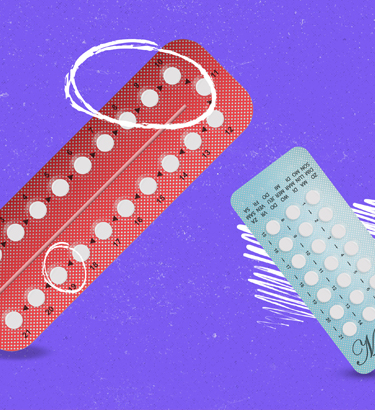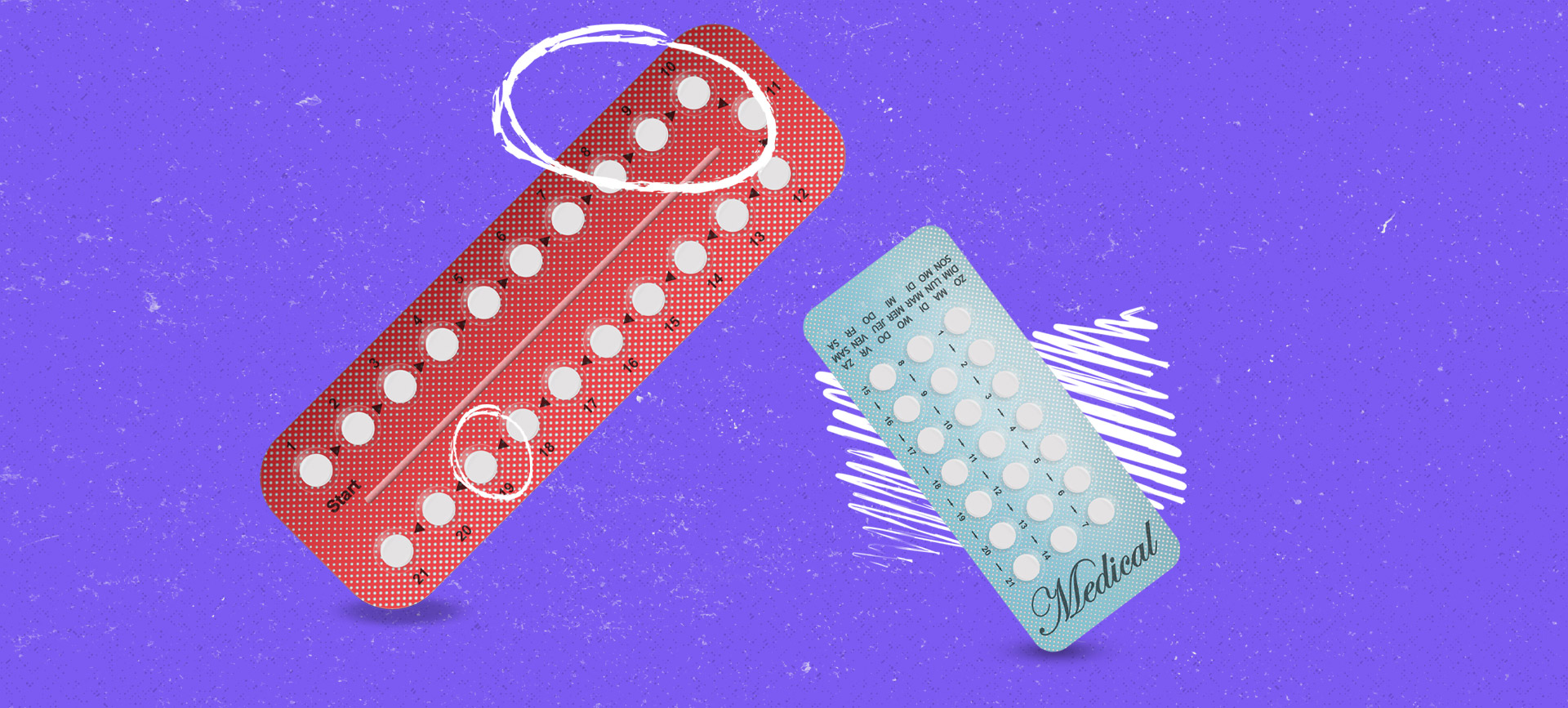If you learned about birth control in sex ed class, you most likely learned about condoms and the pill. The condom slides gently over the banana (er, penis), and the pill is for girls to take every day and comes in a cute little compact case.
What you probably didn't learn—and what's very consequential for women—is that most hormonal birth control pills contain synthetic estrogen and progestin, which prevent your ovaries from releasing eggs.
We'll get to why that's significant in point three. But what definitely wasn't taught in many sex ed classes was that other options exist, such as intrauterine devices (IUDs), including a nonhormonal version, and the birth control implant.
"There are so many different forms of birth control, and you can find one that works for your specific body," said Jimanekia Eborn, a sex educator and sexual health expert in Los Angeles and host of the "Trauma Queen" podcast. "When young women do learn about birth control, they've oftentimes [been] prescribed a specific brand and not given options or varieties; specifically, talking about nonhormone versus hormone options."
It does make sense that the birth control pill is recommended first when teaching teenagers about safer sex. It's easy and pain-free to obtain (while IUD insertion can be quite painful), and it can help relieve certain side effects of ovulation, including cramping and heavy flows.
But young girls often aren't informed of the drawbacks.
"Hormones can cause a lot of different reactions in folks' bodies, and if they're unaware that they can use different birth control, they're stuck having to use the same one that may not be the right fit for them," Eborn said.











